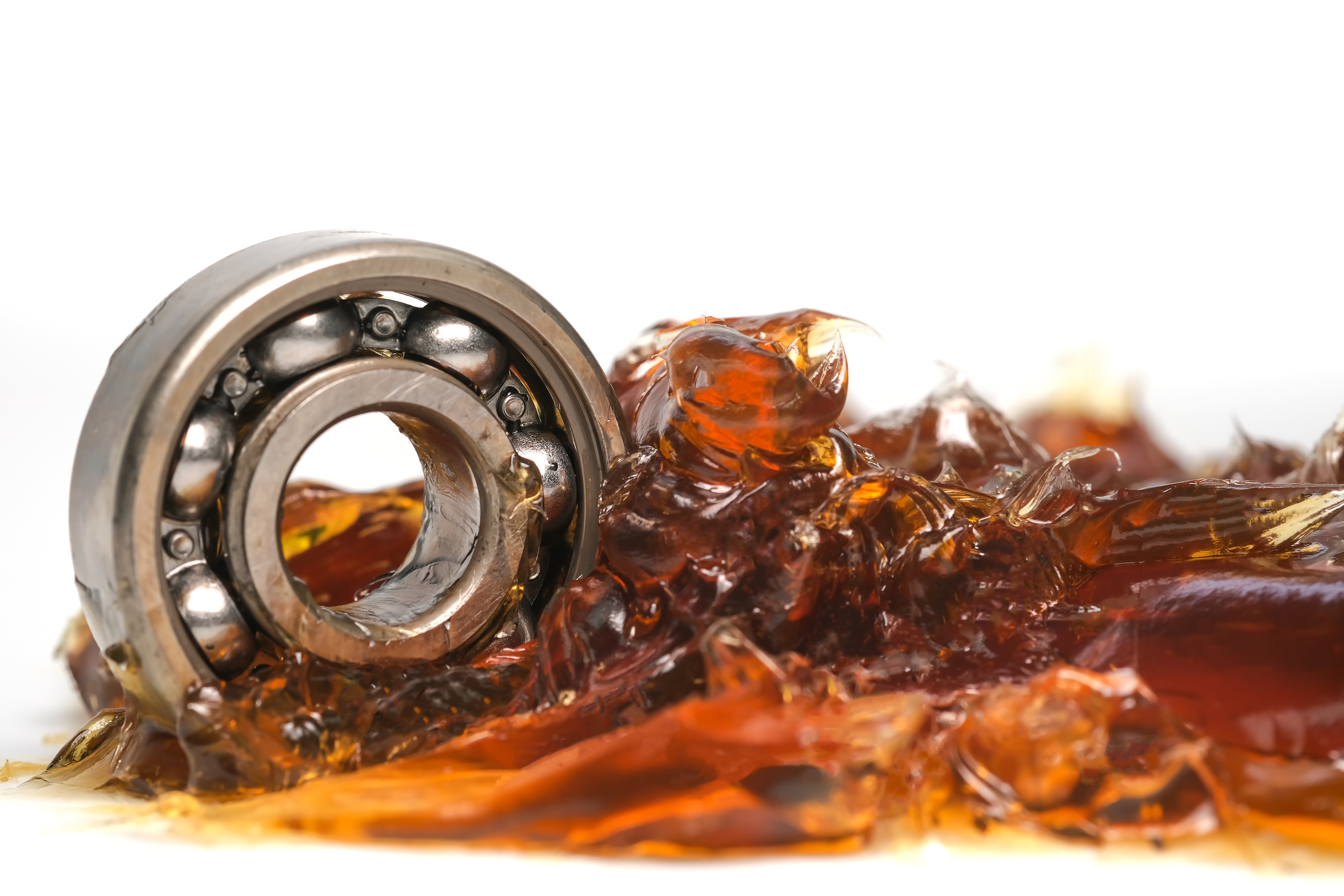Grease Compatibility - Doug's Tip of the Month

Grease compatibility is often a consideration for end users and suppliers when switching from one grease to another. Grease compatibility should be based on several factors: Base Oil, Thickener Type and Additives. The reason all three should be considered is due to the fact that grease consists of three main components – Base oil, thickeners and additives. Charts for grease compatibility can be contradictory and misleading because they base compatibility on thickener only. It is also recommended to know the application; seal material and metallurgy should be considered.
Compatibility studies are usually in accordance with ASTM D6185 test procedure. In this procedure grease is mixed in following at 90:10, 50:50 and 10:90 mixtures of the two greases are prepared by the prescribed methodology and tested for primary tests (i.e., drop point, shear stability and storage stability at elevated temperatures). Additional secondary testing may need to be done based on results of the primary testing.
Switching from one grease to another, even if incompatible, can be done with the proper steps and care. Although incompatible grease can be very detrimental to equipment and seals, following proper steps can help to eliminate damage or issues. Either a clean and dry component, new component or increase in greasing intervals, or emptying the system and recharging with new grease are just a few ways to switch from one grease to another. The term “Grease Incompatibility” can be somewhat over-rated and scary to the end user. With proper steps and consideration switching grease brands or types can be done without damage or concern for equipment.
In conclusion, following OEM recommendations should be first consideration. Always assume that greases are incompatible and follow proper steps to ensure equipment life. Using your supplier’s knowledge of their products can help to switch and even consolidate grease.

